PACK:
60 capsules in tinted glass bottle.
PRECAUTIONS FOR USE:
This product does not interfere with any other medication and does not have any kind of contraindication. It can even be used by children, the elderly and pregnant women.
MAIN INGREDIENTS:
GLUTATHIONE REDUCED
N-ACETYLCYSTEINE
RED VINE
VITAMINA E
LYSINE
INGREDIENTS:
N-acetylcysteine, Red vine (Vitis vinifera L.) seeds dry extract titrated to 95% in procyanidins, capsule: edible gelatine; L-glutathione reduced, vitamin E (D-alpha tocopheryl acetate), L-lysine, anti-caking agents: magnesium salts of fatty acids, silicon dioxide.
Last updated: 31/01/2024
HOW ITS COMPONENTS WORK:
A strong antioxidant and detoxifying preparation consisting of glutathione reduced (GSH), N-acetylcysteine, grape extract, alpha-tocopherol (vitamin E) and lysine.
Glutathione reduced or GSH – “the conductor of antioxidants”, “master antioxidant” or “king of antioxidants” – is recognised by international scientific research.
Naturally present in the body, glutathione is an INDISPENSIBLE ally in combating the free radicals that damage our genetic heritage, accelerate ageing and weaken our immune defences. Glutathione purifies the body of toxic carcinogenic substances, peroxidases, heavy metals, poisons from fuel combustion and tobacco. It detoxifies cells, protects them and favours their biological function. It is essential during and after chemotherapy and for a period of 15 days after radiotherapy. Furthermore, it is also the real “orchestra conductor” of other antioxidants and without it, vitamins C and E cannot work properly.
Glutathione deficiency is the leading cause of ageing.
Low levels of glutathione have been associated with cataracts, Alzheimer’s disease, Parkinson’s disease, liver diseases, atheromatous plaques, etc.
As glutathione is not found in the diet, levels of it gradually decrease over time and our natural reserves progressively weaken.
However, it is difficult for glutathione to pass through the intestinal barrier so Vita Complex has chosen the best ingredients and the ideal quantity to guarantee absorption.
N-acetylcysteine (INN) is an amino acid produced by the body that stimulates the production of glutathione, accelerating the regeneration of the reduced glutathione. It is also a powerful antioxidant. We consider it a precursor to glutathione.
Grape extract is rich in procyanidins and tannins formed by catechin-type flavonoids. These have gained a reputation for their strong antioxidant properties thanks to the work of Prof. Roger Corder. They play a key role in modifying vascular function.
Alpha-tocopherol or vitamin E is also a great antioxidant and is strengthened by glutathione. It participates in cellular protection.
Lysine is an antioxidant amino acid, but is also essential for the growth and development of the sexual organs, muscles, skin and blood. It is not synthesized by the body and is therefore, described as “essential” and must be provided by the diet.
RECOMMENDED USES:
one capsule in the morning on a full stomach.
SCIENTIFIC BASES – BIBLIOGRAPHY:
• Masse molaire calculée d’après Atomic weights of the elements 2007 [archive] sur www.chem.qmul.ac.uk.
• (en) « Acetylcysteine » sur ChemIDplus, consulté le 8 août 2009
• Drager LF, Andrade L, Barros de Toledo JF et al. Renal effects of N-acetylcysteine in patients at risk for
contrast nephropathy: decrease in oxidant stress-mediated renal tubular injury [archive], Nephrol Dial Transplant, 2004;19:1803–1807
• ACT Investigators, Acetylcysteine for prevention of renal outcomes in patients undergoing coronary and peripheral vascular angiography: main results from the Randomized Acetylcysteine for Contrast-Induced Nephropathy Trial (ACT) [archive], Circulation, 2011;124:1250–1259
• N-Acetyl Cysteine for Depressive Symptoms in Bipolar Disorder—A Double-Blind Randomized Placebo- Controlled Trial, jBiological Psychiatry, Volume 64, Issue 6, Pages 468-475, M. Berk, D. Copolov, O. Dean, K. Lu, S. Jeavons, I. Schapkaitz, M. Anderson-Hunt, A. Bush
• Hoffmann U, Fischereder M, Kruger B, Drobnik W, Kramer BK. The value of N-acetylcysteine in the prevention of radiocontrast agent-induced nephropathy seems questionable. J Am Soc Nephrol 2004;15:407-10. Fulltext. PMID 14747387.
• Miner SE, Dzavik V, Nguyen-Ho P, Richardson R, Mitchell J, Atchison D, Seidelin P, Daly P, Ross J, McLaughlin PR, Ing D, Lewycky P, Barolet A, Schwartz L. N-acetylcysteine reduces contrast-associated nephropathy but not clinical events during long-term follow-up. Am Heart J 2004;148:690-5. PMID 15459602.
• Tepel M, van der Giet M, Schwarzfeld C, Laufer U, Liermann D, Zidek W. Prevention of radiographiccontrast- agent-induced reductions in renal function by acetylcysteine. N Engl J Med 2000;343:180-4. PMID 10900277.
• Bruneton, J., Pharmacognosie – Phytochimie, plantes médicinales, 4′ éd., revue et augmentée, Paris, Tec & Doc – Éditions médicales internationales, 2009, 1288 p. (ISBN 978-2-7430-1188-8)
• Camille Perret, Analyse de tannins inhibiteurs de la stilbène oxydase produite par Botrytis cinera, Thèse de l’université de Neuchatel, faculté des sciences, 2001
• comme Roger Corder et ses collaborateurs ( (en) Roger Corder (http://www.whri.qmul.ac.uk/staff/corder.html) sur William Harvey Research Institute at Barts and The London School of Medicine and Dentistry (http://www.whri.qmul.ac.uk/)), mais nous préférons la terminologie plus précise de Jean Bruneton
• Red wine procyanidins and vascular health (http:!/www,whri.qmul.ac.uk/publications/corder1.pdf) • (fr) Présentation du livre: Boire mieux pour vivre vieux, 5 juin 2010 — Mare André Gagnon (http://vinquebec.com/node/7111) sur vinquebec.com. Consulté le 25 juin 2010. Boire mieux pour vivre vieux
• Masse molaire calculée d’après Atomic weights of the elements 2007 [archive] sur www.chem.qmul.ac.uk.
• The γ-glutamyl cycle [archive]
• Le glutathion, première défense contre les métaux lourds. [archive] Saclay Laser-Matter interaction Center
• lanutrition.fr – Comment les radicaux libres nous font vieillir [archive]
• BIOCHEMICAL PHARMACOLOGY 47 : 2113-2123, 1994
• ANNUAL REVIEWS OF BIOCHEMISTRY 52 :711-760, 1983
• JOURNAL OF CLINICAL EPIDEMIOLOGY 47 :1021-26,1994
• THE LANCET 344 :796-798,1994
• CANCER LETTERS 57 :91-94, 1991
• NUTRITION REVIEWS 54 :1-30,1996
• CLINICAL SCIENCE 91 :575-582, 1996
• AMERICAN JOURNAL OF MEDICAL SCIENCE 307 :119-127,1994
• GUT 52 :485-492,1998
• AMERICAN JOURNAL OF GASTROENTEROLOGY 91 :2569-2573,1996
• NEPHRON 61 :404-408,1992
• EARLY HUMAN DEVELOPMENT 37 :167-174,1994
• Glutathion, au rayon complements nutritionnels [archive]
• Quoi de neuf sur la vitamine C ? [archive]
• Lagarde Philippe “Comment pent on é chapper aux meladies” Edit. Tredaniel Paris, 115-125, 2010

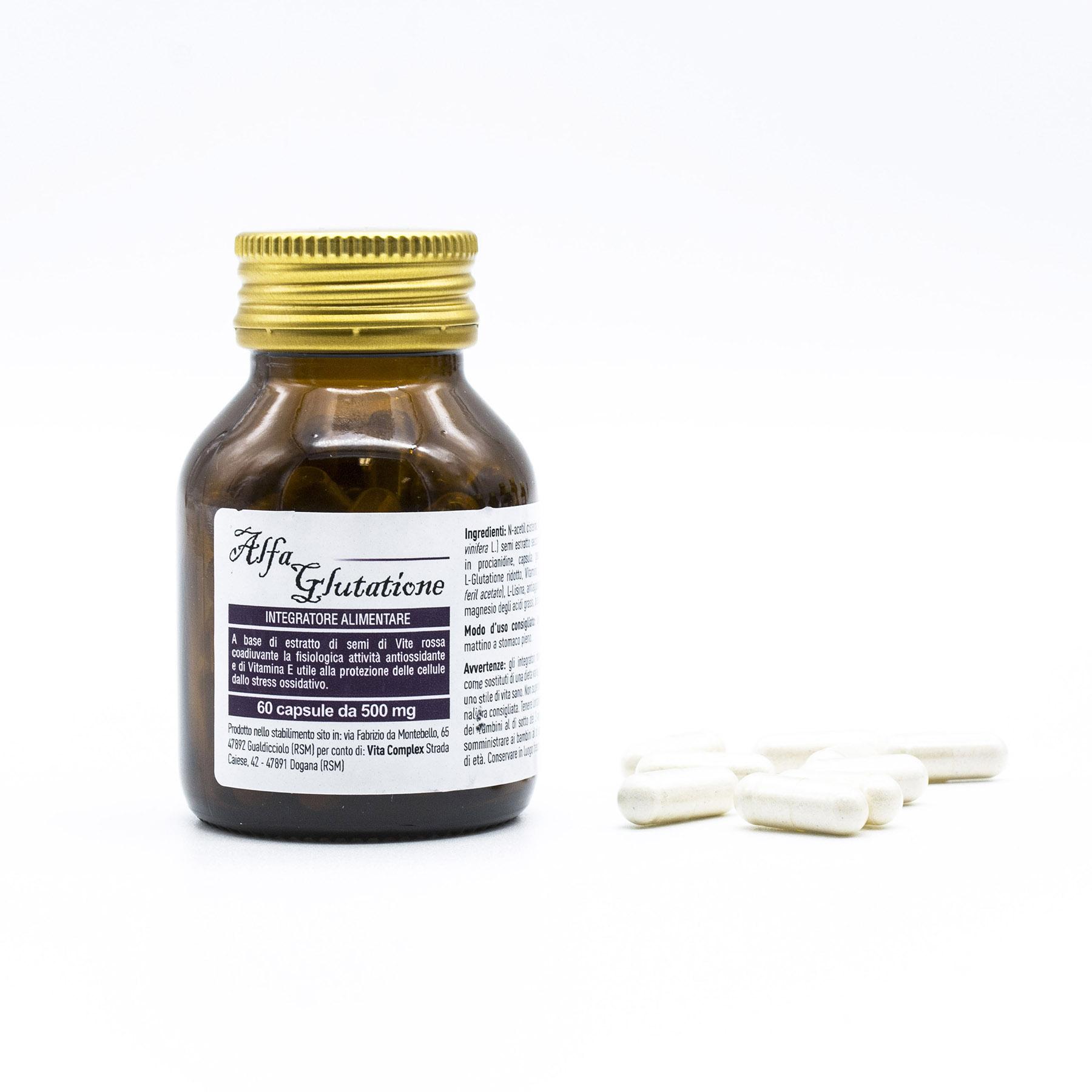
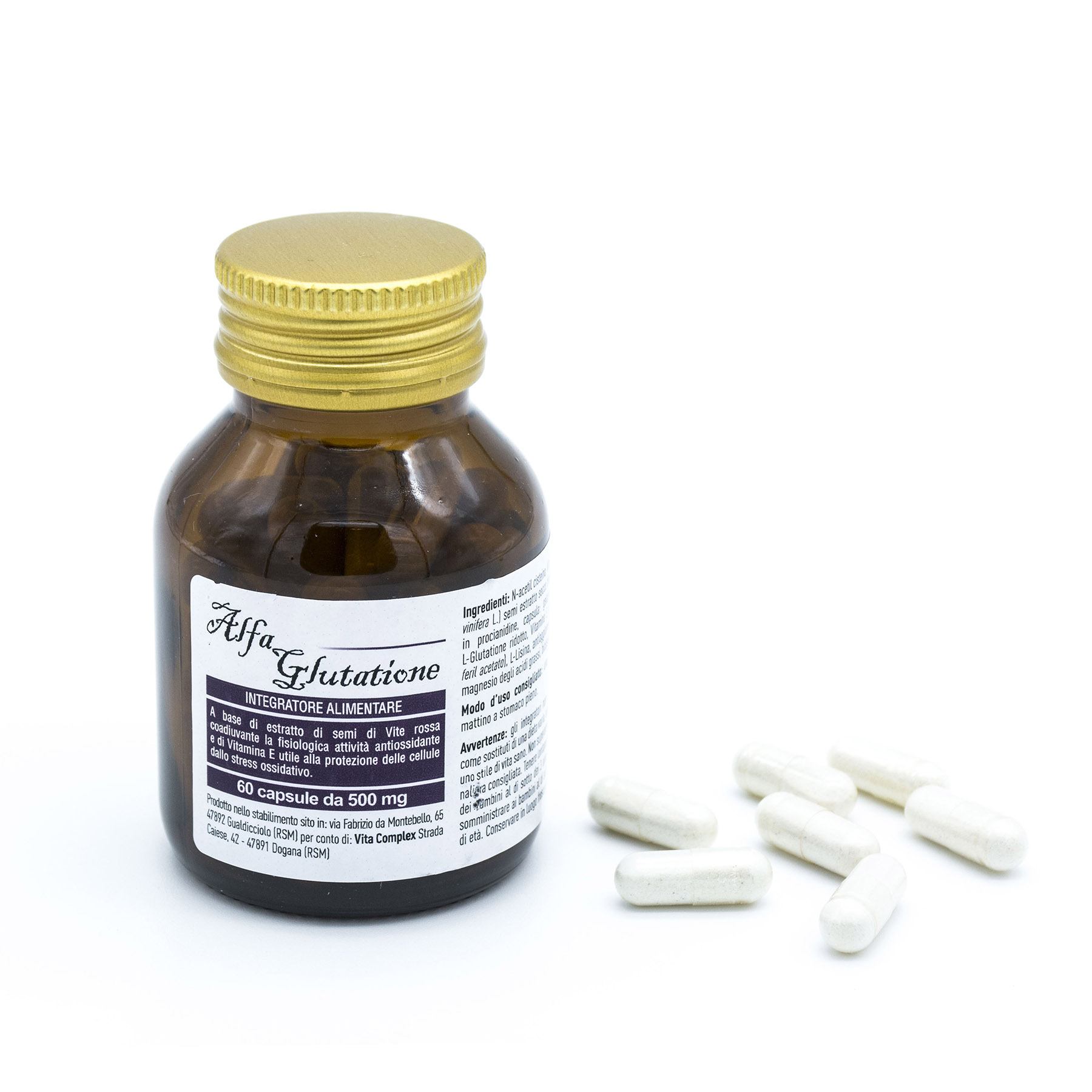

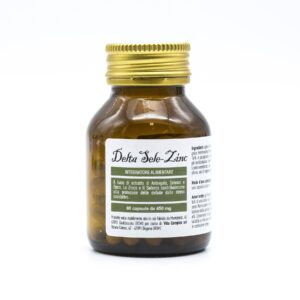
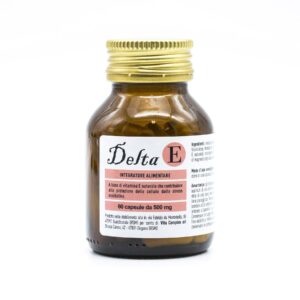
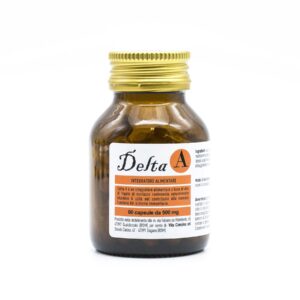
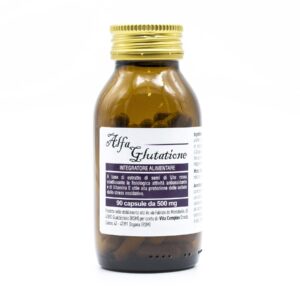



Reviews
There are no reviews yet.